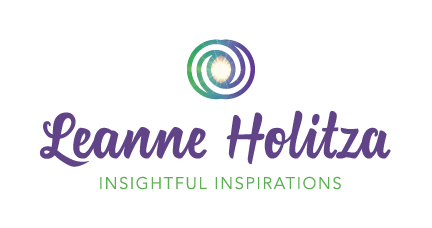Emotional Triggers
When we begin to fall into an emotional state, we struggle to be rational. This is true for all of us. And what does your emotional self truly desire anyway? It seeks validation and a voice. When we don't feel heard our emotional state may escalate even further.
Some adults have learned to shut away this side of themselves, even some kids have, but what if stuffing our emotions isn't serving us in a positive manner? What if there was a better way to deal with our kid's emotional triggers and our own? There is!
Using emotions to gauge, rather than as something to be managed, helps us shift our focus. We always say our kids don't come with manuals, but they do come with gauges, this gives us information about them. Unfortunately, because of how we interact with our own emotions we often miss these signs that our kids are giving us.
Emotional Intelligence
This is not a new topic. This has been a topic of discussion for years. So why aren't we using our emotions more when making energy-related interactions? I often find that times people are still miscalculating their own perceptions of others. They are, often times, dismissing things they pick up about other's emotions, telling themselves, "maybe it's just me".
“In the last decade or so, science has discovered a tremendous amount about the role emotions play in our lives. Researchers have found that even more than IQ, your emotional awareness and abilities to handle feelings will determine your success and happiness in all walks of life, including family relationships.”
The first step in helping your child's ability to use their emotions, like gauges, to what is happening around them, is for you to understand and validate yourself more in this area.
Learn to notice what sets you off towards negative emotions without judgment or criticism, but with curiosity, and understanding, of the message behind these emotions. Having emotions is an evolved way of being, but we often treat it as if it is the opposite.
Emotional guidance system
I don't like the concept of "coping" with or, "controlling" emotions. It makes it sound as if you are overcoming an emotion, rather than interacting with it. I suggest that you neutralize your view of every emotion and use it more like looking down at your fuel gauge and seeing it on "E" or "F". It is simply a state of being and as you get closer to "E" you know you need to start to consider stopping to fill up. Same thing for negative emotions. As you get closer to negative emotions, it means it is time to stop and consider why that child isn't feeling "full" and address it that way.
Abraham Hicks talked about your emotions as a sensor of vibration. When you are feeling wonderful, you are in alignment with yourself and your true vibration. When you are feeling any number of negative emotions, you are out of vibrational alignment with yourself. This is a great recording to understand this further.
Reading the gauge
It is important to remove your own emotional triggers to your child's emotions. You can do this by consciously connecting with times that you may "lose it" and you may want to do your own work on that. You can use a counselor or EFT. Click here for a simple article on this topic to further your interest.
Once you master your own triggers, you can passively experience your children's emotions, specifically the negative ones. You can ask why your child is not in alignment with their natural, happy, playful self. What is triggering them? Then see if you can offer them a shift, through your recognition of what is out of alignment.
Give it a try, it is easier than you think.

